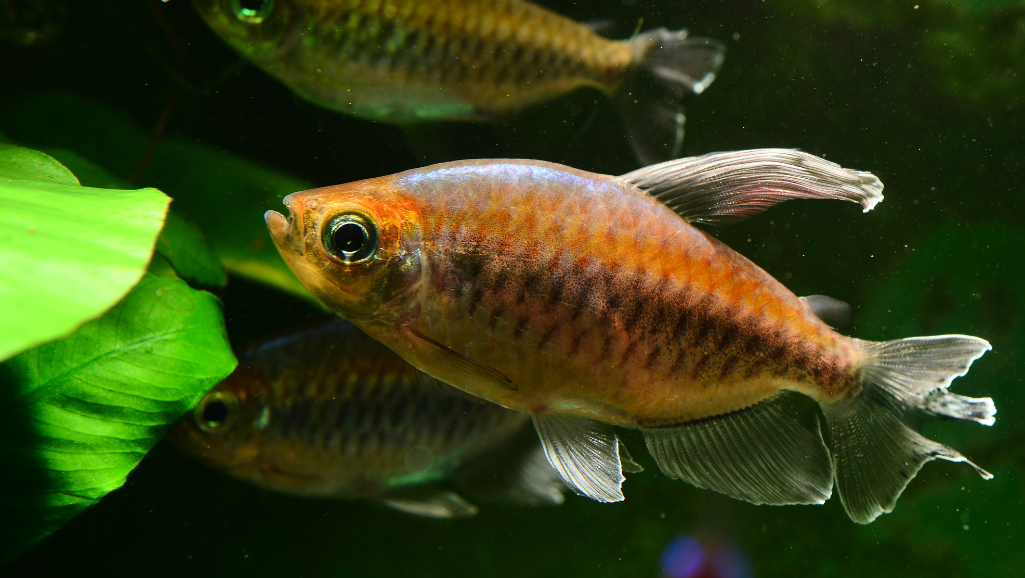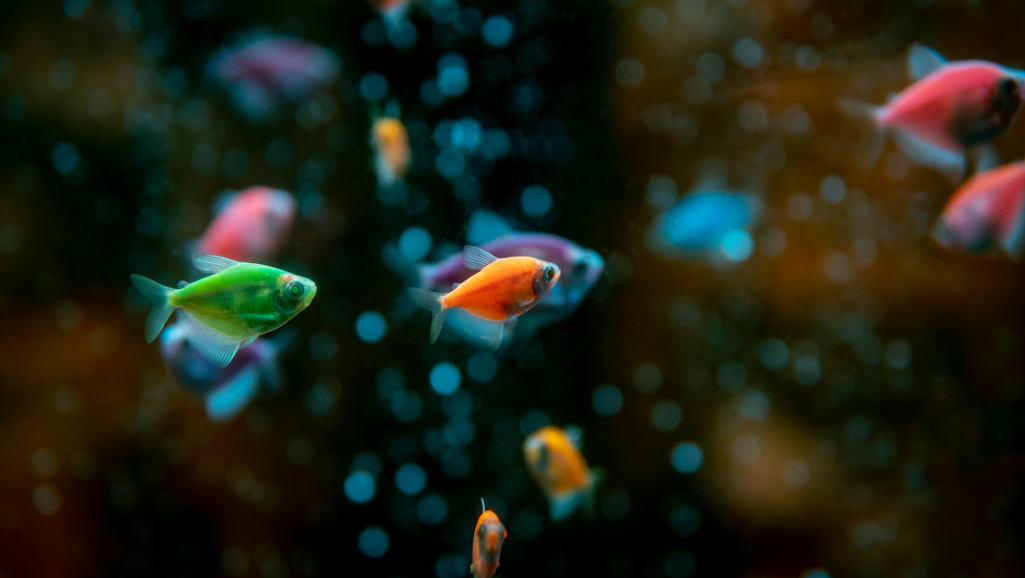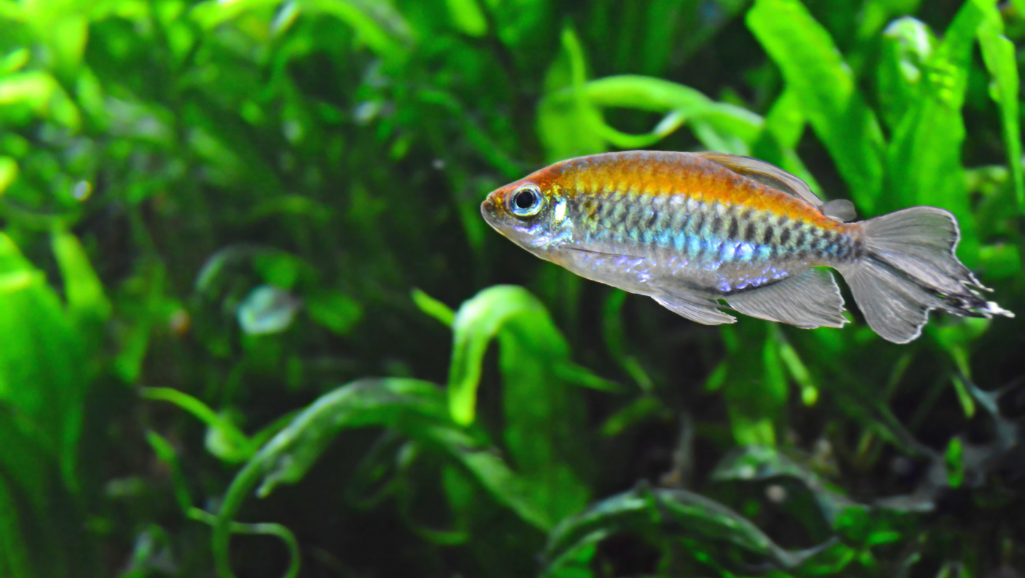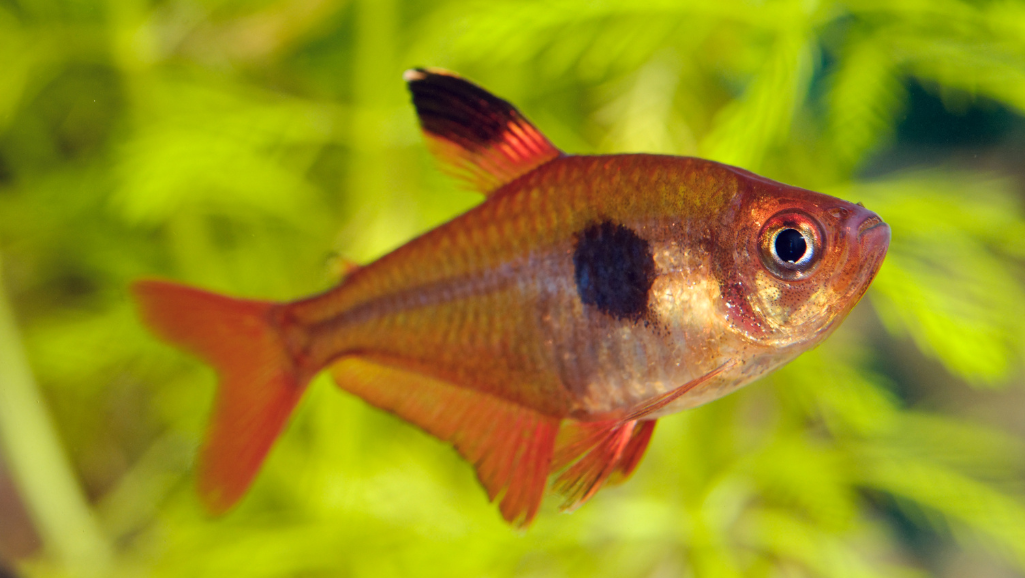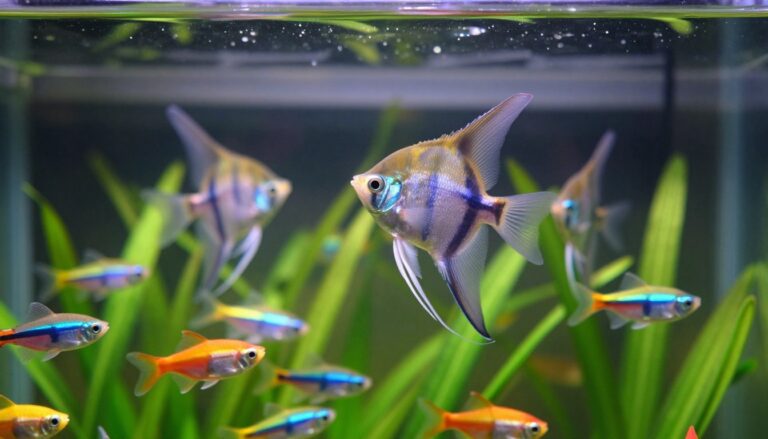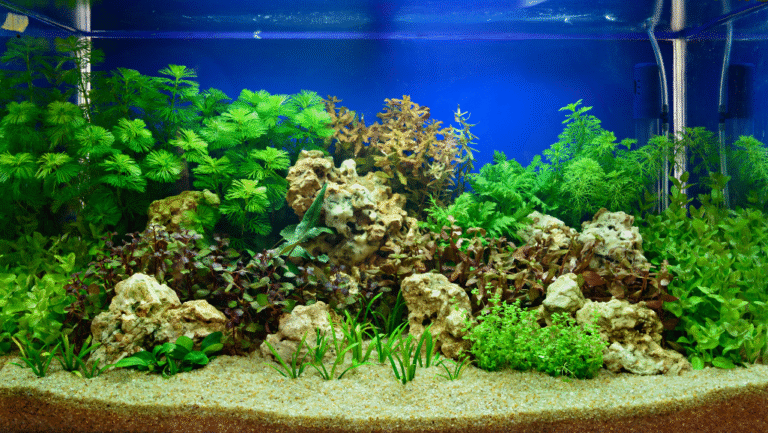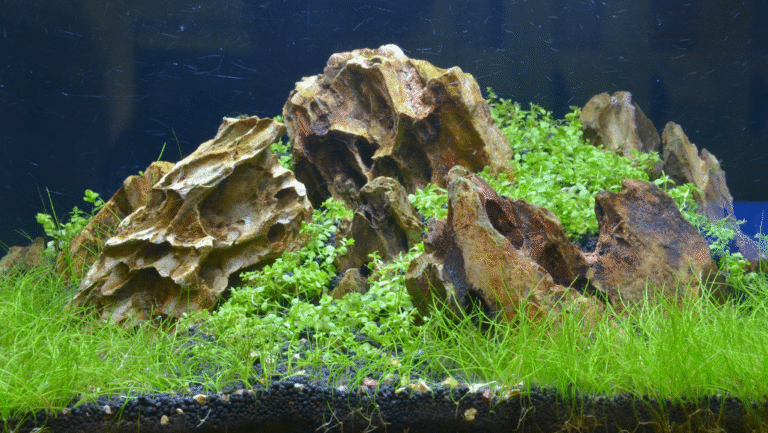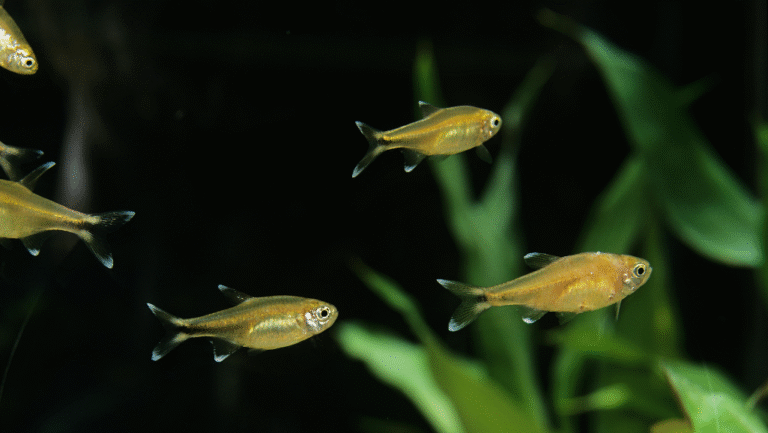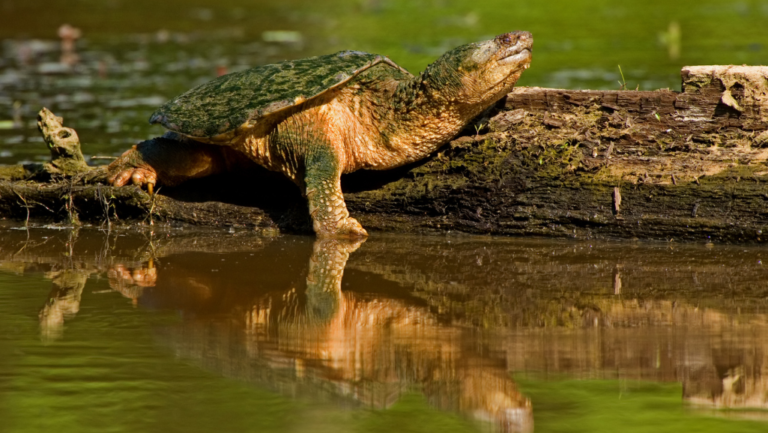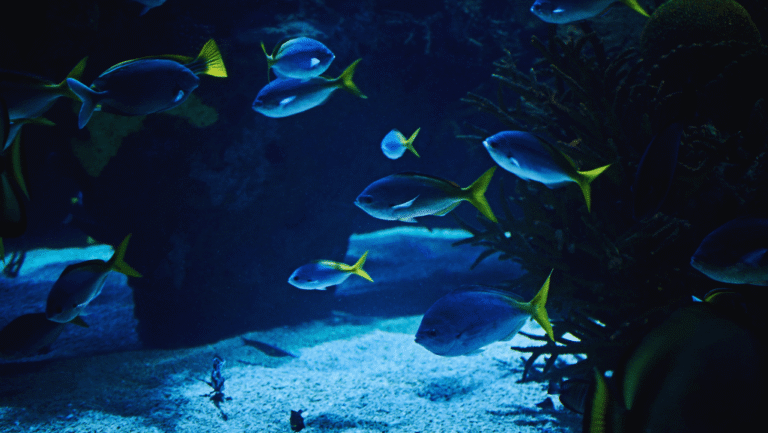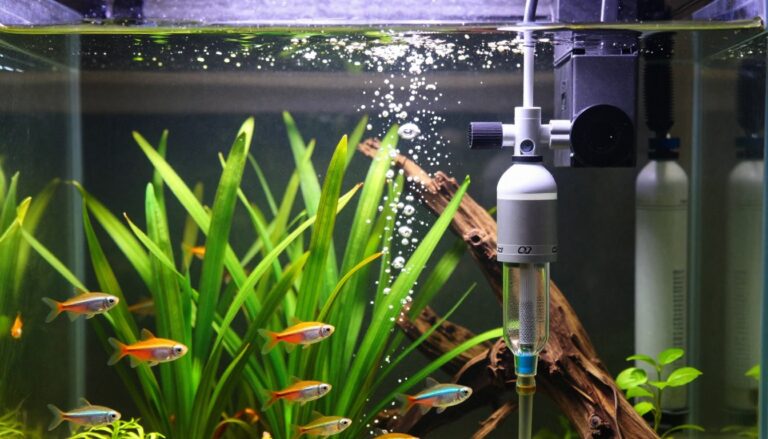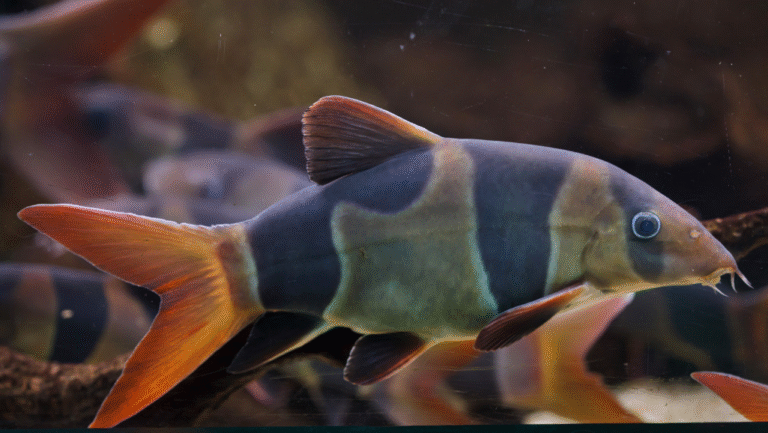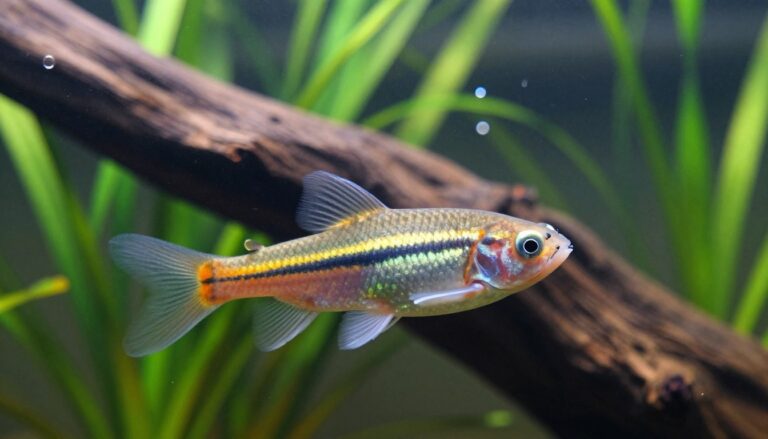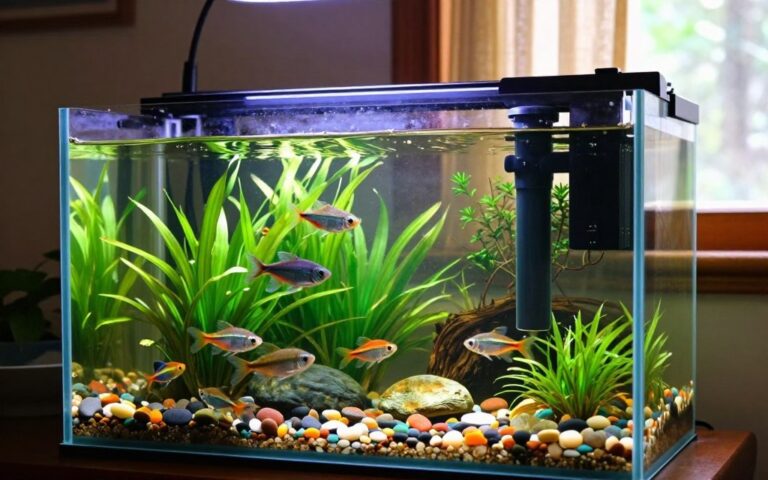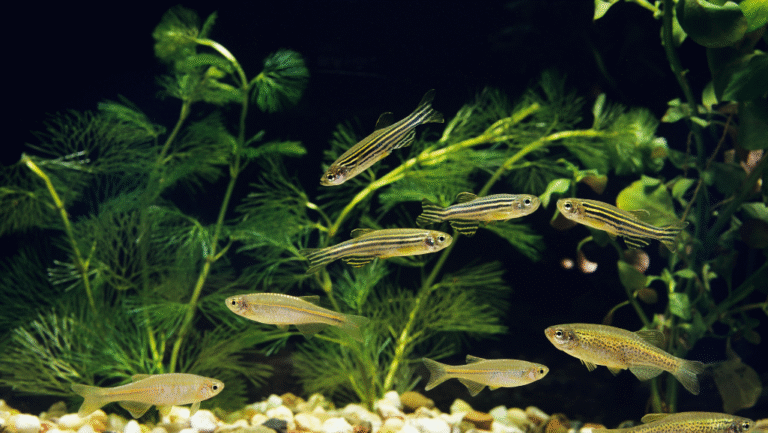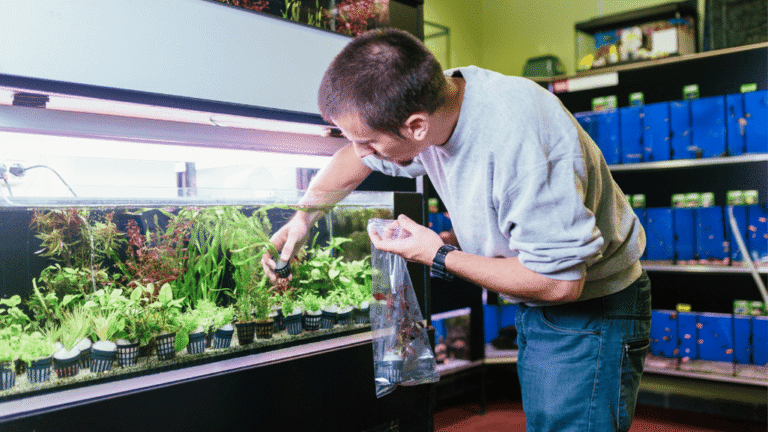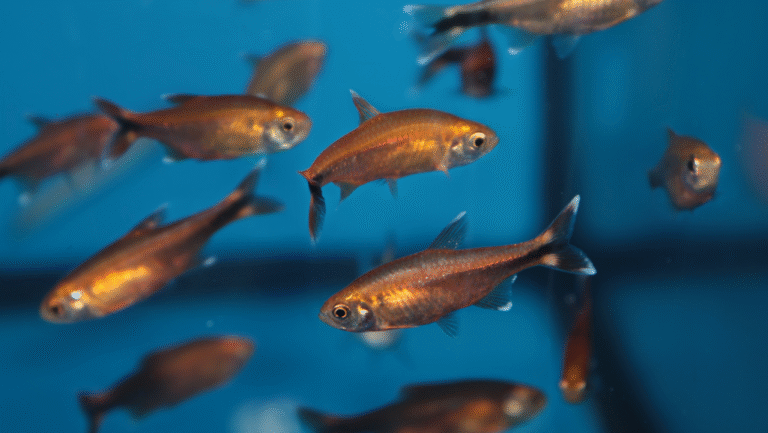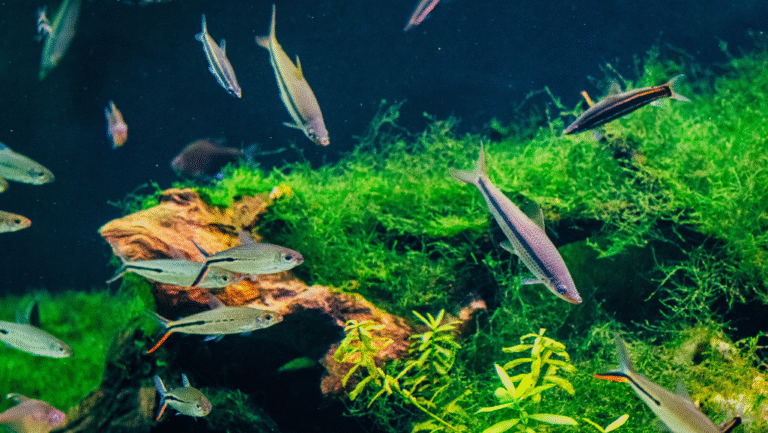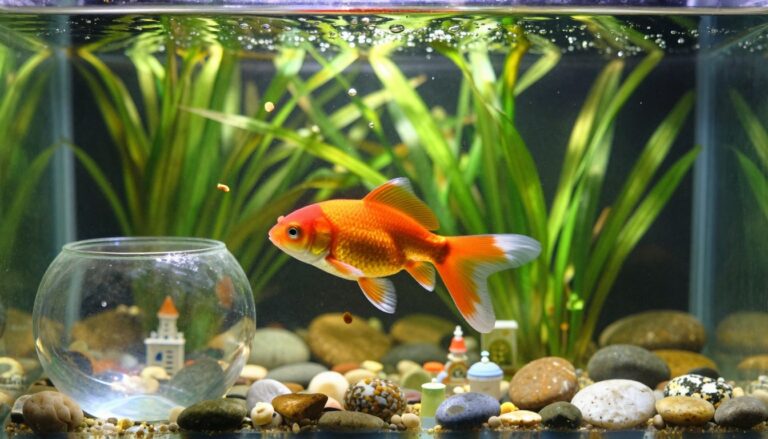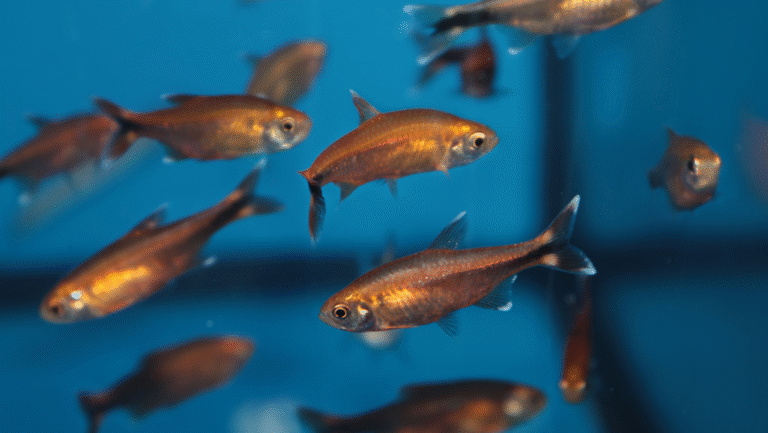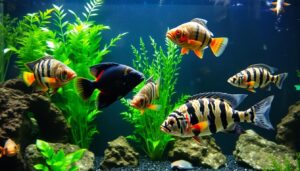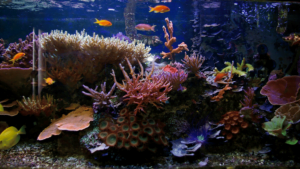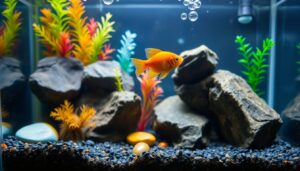Many aquarists assume all tetra species are peaceful, but experiences vary. Some neon tetras, often labeled as calm, have been seen attacking shrimp. Meanwhile, rummy nose tetras display harmonious behavior in community tanks.
Not all tetras act the same. Jaw structure and predatory instincts differ between species. Buenos Aires tetras may nip fins, while rummy nose tetras thrive in groups without conflict.
Tank conditions matter. Small groups or poor diets can trigger stress-related aggression. Larger schools and balanced setups often prevent issues.
Key Takeaways
- Species like neon tetras may show unexpected aggression.
- Schooling fish need groups of 8+ to minimize stress.
- Jaw shape hints at predatory tendencies in some tetras.
- Tank size and diet impact behavior significantly.
- Rummy nose tetras are ideal for peaceful setups.
Understanding Tetra Behavior: Are Tetras Aggressive by Nature?
Schooling fish like tetras rely on group dynamics, but hierarchy clashes can spark aggression. While many assume these fish are always peaceful, their behavior depends on species, tank conditions, and social structures.
Schooling Dynamics and Hierarchy
Groups of 6–12 fish reduce stress-induced aggression. Smaller numbers disrupt natural hierarchies, leading to chasing or food monopolization by alpha fish. Black skirt tetras, for example, establish dominance through rapid, mosh-pit-like movements.
Key triggers for conflict include:
- Inadequate space: Less than 10 gallons per fish elevates stress levels.
- Poor water quality: Ammonia above 0ppm or incorrect pH disrupts calm behavior.
- Temperature spikes: White cloud tetras become hyperactive at 75°F+.
Signs of Aggression in Tetras
Watch for torn fins, hiding fish, or missing plant fragments. These signal territorial disputes or stress. Lateral displays—where fish flare gills sideways—often precede nipping.
Quick fixes:
- Add more hiding spots with plants or rocks.
- Test water weekly; maintain pH 6.0–7.0.
- Increase group size to disperse aggression.
Most Aggressive Tetra Species to Avoid
Not all tetras are created equal—some species exhibit behaviors that can disrupt a peaceful tank. While many varieties thrive in community setups, others are known for their dominant and disruptive tendencies. Identifying these problematic ones early can save you from unnecessary stress and tank issues.
Serpae Tetras: Notorious Fin Nippers
Serpae tetras are often labeled as fin nippers due to their tendency to attack other fish. They have been observed targeting species much larger than themselves, such as Congo tetras. This behavior makes them unsuitable for tanks with slow-moving or long-finned fish.
Buenos Aires Tetras: Plant Destroyers
Buenos Aires tetras are notorious for their appetite for aquatic plants. They frequently target delicate species like anubias and java fern, leaving tanks stripped of greenery. Their destructive habits make them a poor choice for planted aquariums.
Black Skirt and Blue Tetras: Bully Tendencies
Black skirt tetras, especially females, often dominate tanks with their aggressive behavior. Blue tetras, despite their calming coloration, can also exhibit bully tendencies. Both species are known for nipping fins and causing stress among tank mates.
- Red Eye Tetras: These fish are known to bite the fins of angel fish, making them unsuitable for mixed-species tanks.
- Exodons (Bucktooth Tetras): Highly territorial, they attack other fish and even their own kind, requiring large tanks and careful management.
- Vampire Tetras: Their size and aggression make them incompatible with most community setups.
Understanding the behavior of these species helps in creating a balanced and stress-free aquarium environment. Always research before adding new fish to your tank.
Peaceful Tetra Species for Community Tanks
For aquarists seeking harmony, certain tetra species stand out as peaceful additions to community tanks. These fish thrive in groups, creating a dynamic yet calm environment. By selecting the right species, you can avoid common issues and enjoy a thriving aquarium.
Rummy Nose Tetras: Model Citizens
Rummy nose tetras are known for their peaceful nature and unique behavior. They often reverse direction to avoid confrontations, making them ideal for community setups. These fish prefer soft, slightly acidic water and thrive in tanks of at least 20 gallons. Their color fades when stressed, serving as a warning sign for water quality issues.
Key features of rummy nose tetras include:
- Peaceful demeanor: They coexist well with other gentle fish.
- Schooling behavior: Groups of 8+ reduce stress and enhance their natural behavior.
- Water quality indicators: Their color changes signal potential tank issues.
Neon and Cardinal Tetras: Shrimp-Safe Options
Neon and cardinal tetras are popular choices for community tanks. While neon tetras may occasionally attack shrimp, cardinal tetras are safer companions for these invertebrates. Both species add vibrant color to your aquarium and thrive in groups of 6 or more.
Why choose these tetras?
- Cardinal tetras: They coexist peacefully with shrimp and other small fish.
- Neon tetras: Their bright colors make them a stunning addition to any tank.
- Low aggression: Both species rarely cause issues in well-maintained setups.
For more details on rummy nose tetras, check out this comprehensive guide. By selecting these peaceful species, you can create a serene and visually appealing aquarium.
Causes of Aggression in Tetras
Understanding the root causes of aggression in tetra fish can help aquarists create a more harmonious tank environment. Several factors, from inadequate space to poor water conditions, can trigger stress and disruptive behavior. Addressing these issues ensures a healthier and more peaceful setup.
Inadequate School Size or Tank Space
One of the primary triggers of aggression is insufficient space or group size. Tetras are schooling fish, and smaller groups disrupt their natural hierarchy. For example, a 29-gallon tank with only 8 GloFish tetras showed escalated aggression due to overcrowding.
To prevent this, follow these guidelines:
- Provide a minimum of 30 gallons for active species like Buenos Aires tetras.
- Use the overcrowding formula: 1 inch of fish per gallon, excluding the tail.
- Ensure at least 3 hiding spots per 10 gallons to reduce territorial disputes.
Temperature and Water Quality Stressors
Water conditions play a significant role in tetra behavior. High ammonia levels or incorrect temperatures can elevate stress levels, leading to erratic actions. For instance, neon tetras prefer cooler temperatures around 72°F, and spikes above 75°F can cause hyperactivity and aggression.
Key tips for maintaining water quality:
- Keep ammonia levels below 0.5 ppm to avoid erratic behavior.
- Test water weekly and maintain a pH between 6.0 and 7.0.
- Ensure proper filtration to prevent harmful buildup.
Competition for Food or Territory
Food scarcity or limited resources can also spark aggression. Tetras may compete for feeding zones or plants, especially in smaller setups. Buenos Aires tetras, for example, are known to destroy delicate plants, leading to conflicts.
Solutions to reduce competition:
- Create multiple feeding zones to distribute food evenly.
- Use sinking pellets to ensure all fish have access to meals.
- Add live plants to provide natural hiding spots and reduce stress.
How to Reduce Aggression in Your Tetra Tank
Creating a peaceful environment for your tetras starts with understanding their needs and behaviors. By addressing key factors like tank size, group dynamics, and water quality, you can minimize stress and promote harmony.
Ideal Tank Size and Group Numbers
Providing adequate space is crucial. A 30-gallon tank or larger is recommended for active species. Smaller setups can lead to territorial disputes and stress. Additionally, tetras thrive in groups of 12 or more. Larger schools help establish a natural hierarchy, reducing nipping and aggression.
Key tips:
- Use the rule of 1 inch of fish per gallon, excluding the tail.
- Ensure at least 3 hiding spots per 10 gallons to reduce stress.
- Maintain a stable temperature between 72°F and 76°F.
Choosing Compatible Tank Mates
Not all fish coexist peacefully with tetras. Avoid long-finned species like bettas and gouramis, as they may become targets. Instead, opt for peaceful companions such as harlequin rasboras or corydoras. These species create a balanced environment and reduce competition for resources.
For more insights, check out this forum discussion on managing aggression in diamond tetras.
Adjusting Lighting and Feeding Routines
Lighting and feeding schedules play a significant role in reducing stress. Limit lighting to 8 hours daily, with dimming periods to mimic natural conditions. For feeding, offer small portions 3 times a day instead of one large meal. This approach ensures all fish have access to food and reduces competition.
Additional tips:
- Use canister filters to maintain water quality and reduce surface aggression triggers.
- Add live plants to provide natural hiding spots and improve tank aesthetics.
- Monitor water parameters weekly to prevent stress-related issues.
Conclusion
Creating a balanced aquarium with tetras requires attention to their natural behavior and needs. Most issues arise from inadequate school size or improper tank conditions. By addressing these factors, 80% of aggression can be resolved.
For emergencies, separate dominant fish using breeder boxes. Beginners should consider pairing rummy nose tetras with neon tetras, as they are peaceful and thrive in groups. Regular monitoring, like weekly fin inspections during water changes, helps maintain harmony.
To better understand aggression levels, a proposed 1-10 scale can guide aquarists in managing their species. With proper care, your aquarium can remain a stress-free environment for all inhabitants.
